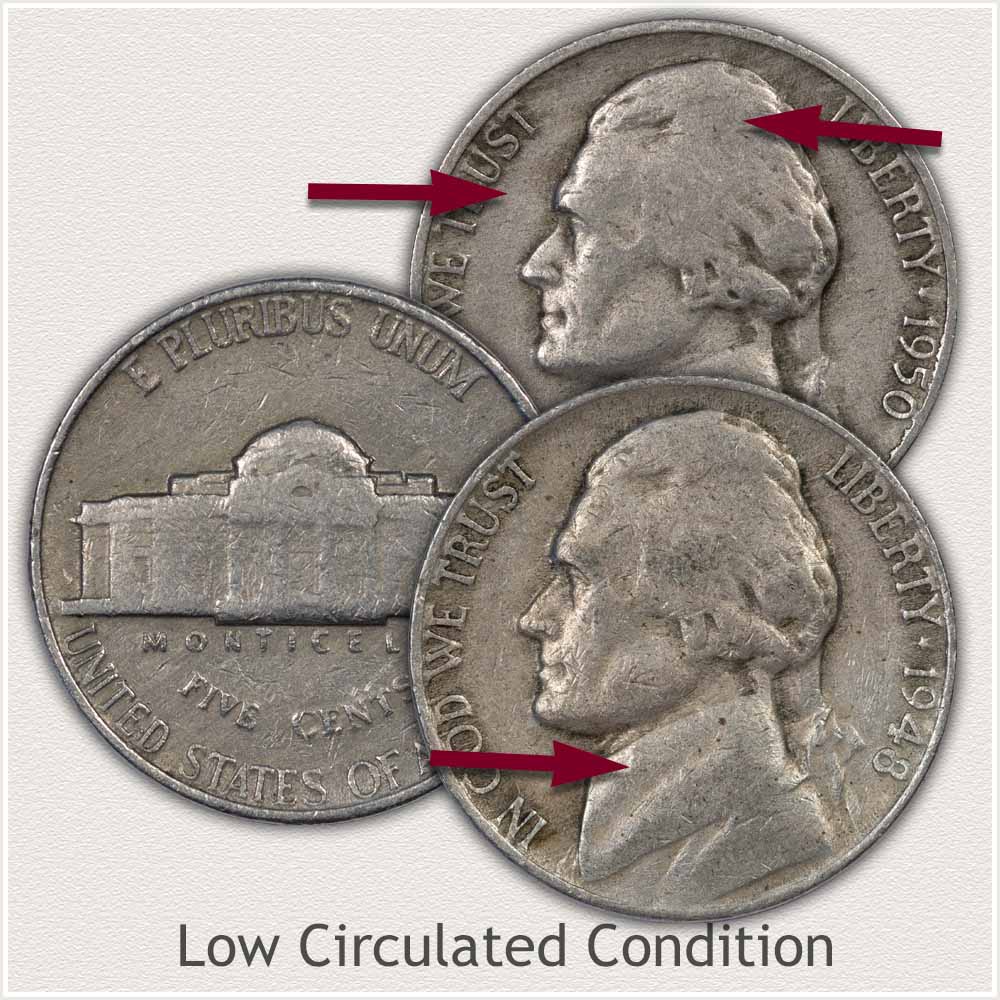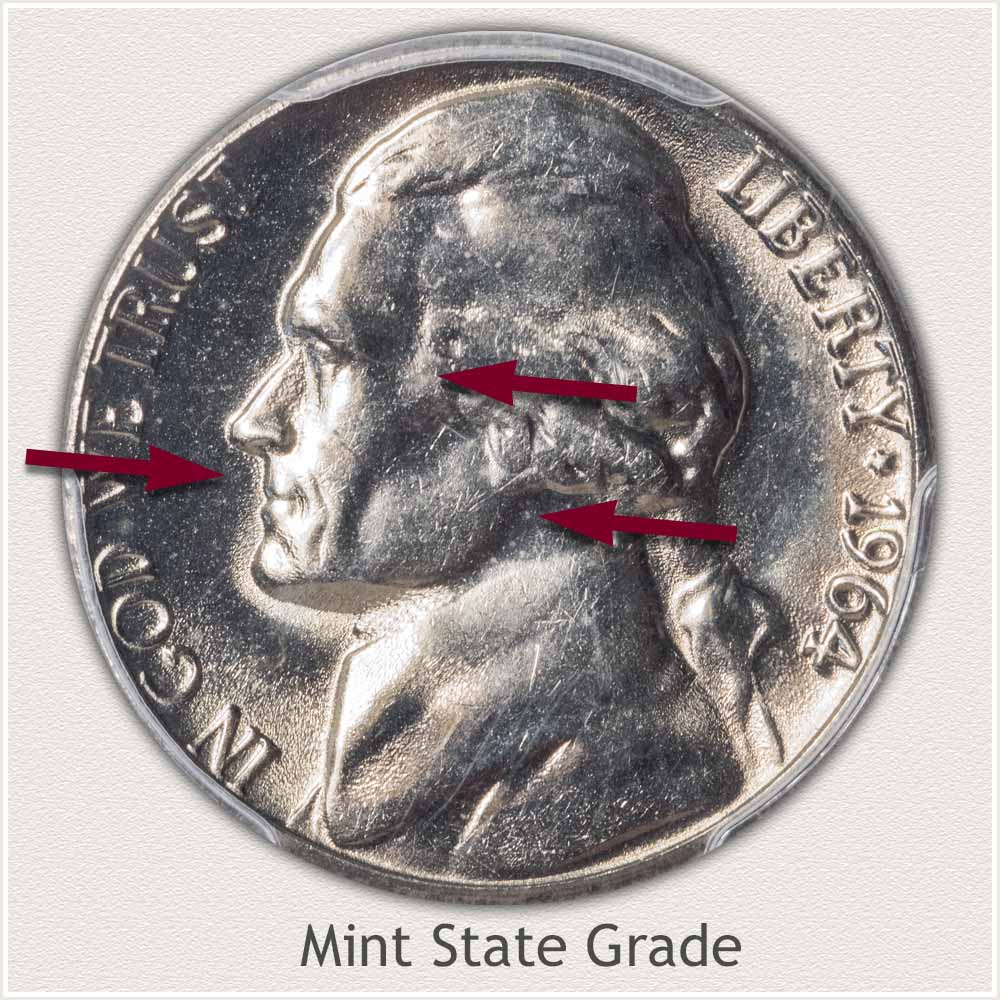Ever wondered how much that old 1964 nickel sitting in your coin jar is worth? Well, buckle up because we’re diving deep into the world of coin collecting and uncovering the hidden treasure in your pocket change. The 1964 nickel value might surprise you, and it’s not just about the shiny metal—it’s about history, rarity, and demand. So, whether you’re a seasoned collector or a curious newbie, this guide has got your back.
Let’s be real, coins aren’t just pieces of money—they’re little time capsules. The 1964 nickel is no exception. This bad boy was minted during a pivotal year in U.S. history, and its value goes beyond face value. From its composition to its historical significance, there’s a lot to unpack. Stick around, and we’ll break it down for you.
Before we dive into the nitty-gritty, let’s set the stage. This guide isn’t just about telling you how much your 1964 nickel is worth—it’s about giving you the tools to understand why it’s worth what it is. We’ll cover everything from grading to market trends, so by the end of this, you’ll be a 1964 nickel expert. Sound good? Let’s get started!
Read also:Savannah Bananas Player Salary The Sweet Truth About Minor League Baseball Earnings
Understanding the Basics of 1964 Nickel Value
First things first, let’s talk basics. The 1964 nickel is a Jefferson nickel, which means it’s got some serious creds. These coins were minted with a composition of 75% copper and 25% nickel, making them durable and, well, shiny. But here’s the kicker—not all 1964 nickels are created equal. Factors like condition, mint mark, and even errors can skyrocket their value.
Now, you might be thinking, “How do I know if my 1964 nickel is worth more than just five cents?” Great question! Let’s break it down. The value of a coin isn’t just about its age—it’s about its condition, rarity, and demand. For instance, a 1964 nickel in mint condition with no signs of wear could be worth anywhere from $0.10 to over $5, depending on certain factors. Crazy, right?
Key Factors Influencing 1964 Nickel Value
So, what makes one 1964 nickel more valuable than another? Here’s a quick rundown:
- Condition: The better the condition, the higher the value. Coins graded MS-65 or higher can fetch a pretty penny.
- Mint Mark: Coins minted in different locations (Philadelphia, Denver, or San Francisco) can vary in value. Look for the tiny "D" or "S" on the coin.
- Rarity: Errors or limited mint runs can make a coin super rare—and super valuable.
- Demand: If collectors are drooling over a particular coin, its value will rise.
The Historical Context of the 1964 Nickel
Let’s take a trip back to 1964. This was a year of change—socially, politically, and economically. The coinage act of 1965 was looming, which would alter the composition of U.S. coins forever. But in 1964, nickels were still made with the good old copper-nickel alloy. This makes them unique and, dare we say, special.
Historically, the 1964 nickel is a snapshot of a time when the U.S. was transitioning from silver coins to clad coins. This shift was driven by the rising price of silver, which made it impractical to continue minting coins with high silver content. As a result, coins from 1964 and earlier are highly sought after by collectors who appreciate their historical significance.
Why Collectors Love 1964 Nickels
Collectors aren’t just after shiny objects—they’re after stories. The 1964 nickel tells a story of a nation on the brink of change. It represents a time when the U.S. was grappling with civil rights, the space race, and the Vietnam War. For collectors, owning a 1964 nickel is like holding a piece of history in their hands.
Read also:Howie Roseman Wife Accident The Untold Story You Need To Know
Grading Your 1964 Nickel
Alright, let’s talk grading. If you’re serious about determining the value of your 1964 nickel, you’ll need to know about coin grading. Grading is basically a fancy way of saying “how good does your coin look?” Coins are graded on a scale from 1 to 70, with 70 being perfection. Here’s a quick guide:
- Good (G-4): Heavily worn, but all major design elements are visible.
- Very Good (VG-8): Moderately worn, but still recognizable.
- Fine (F-12): Lightly worn, with some detail visible.
- Very Fine (VF-20): Shows some wear, but most details are sharp.
- Extremely Fine (EF-40): Slight wear, with all details sharp and clear.
- Uncirculated (MS-60): No wear, but may have some minor imperfections.
- Brilliant Uncirculated (MS-65): No wear, with excellent luster and minimal imperfections.
Getting your coin professionally graded by organizations like PCGS or NGC can add significant value, especially if it scores high on the grading scale.
Market Trends and Demand
The coin market is like the stock market—it’s constantly changing. Right now, there’s a growing interest in vintage coins, including the 1964 nickel. Why? Because people are realizing the historical significance of these coins. Plus, with the rise of online marketplaces like eBay, it’s easier than ever to buy, sell, and trade coins.
But here’s the deal—demand isn’t just about popularity. It’s also about scarcity. If a particular 1964 nickel is rare, its value will increase. For example, a 1964-D nickel (minted in Denver) might be more valuable than a 1964-P nickel (minted in Philadelphia) simply because fewer were produced.
How to Spot a Rare 1964 Nickel
Rarity isn’t always obvious, but there are some telltale signs. Look for:
- Mint Errors: Coins with errors, like off-center strikes or double dies, are highly sought after.
- Low Mintage: Fewer coins mean higher value.
- Unique Features: Coins with unusual designs or markings can be rare.
Investing in 1964 Nickels
If you’re thinking about investing in 1964 nickels, you’re not alone. Many people see coins as a stable investment, especially in uncertain economic times. But here’s the thing—investing in coins isn’t like investing in stocks. It’s more about patience and knowledge.
Before you start buying up every 1964 nickel you can find, do your research. Understand the market, know what you’re looking for, and don’t get caught up in hype. A well-researched investment in coins can pay off big time, but it’s not a get-rich-quick scheme.
Tips for New Investors
Here are a few tips for those just starting out:
- Start Small: Don’t break the bank on your first purchase.
- Do Your Homework: Know the value of the coins you’re buying.
- Join a Community: Connect with other collectors and investors.
Where to Buy and Sell 1964 Nickels
So, where do you go to buy or sell 1964 nickels? There are plenty of options, both online and offline. Here are a few:
- eBay: A great place to find a wide variety of coins.
- Local Coin Shops: Perfect for face-to-face transactions.
- Online Coin Dealers: Many reputable dealers offer a wide selection.
Just remember, when buying or selling, always verify the authenticity of the coin. Counterfeits are out there, and you don’t want to get burned.
Conclusion
And there you have it—a comprehensive guide to understanding the 1964 nickel value. Whether you’re a collector, an investor, or just someone who stumbled upon an old coin, this guide should give you the tools you need to navigate the world of coin collecting.
Now, here’s the call to action: take a look at your coin jar. You never know what treasures you might find. And if you have questions or want to share your discoveries, drop a comment below. We’d love to hear from you!
Until next time, happy collecting!
Table of Contents


